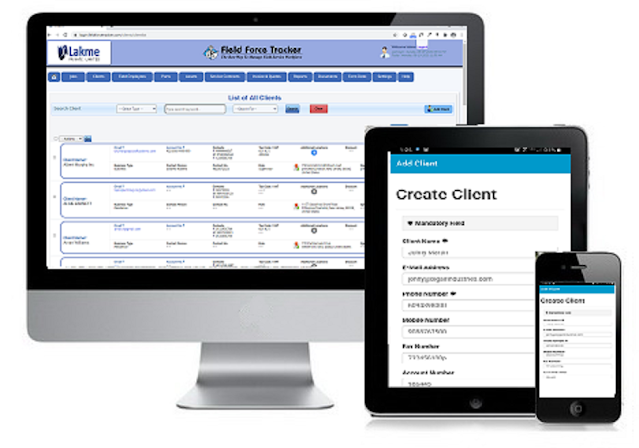How Plumbing and Heating Software Can Transform Your Business
Introduction: In this section, you will introduce the topic of plumbing and heating software and its trans formative potential for businesses in the industry. Emphasize the benefits of adopting software solutions specifically designed for plumbing and heating operations. Highlight the key challenges faced by traditional businesses and how software can address them effectively.
Benefits of Plumbing and Heating Software:
This section will delve into the various advantages that
plumbing and heating software can bring to a business. Focus on how software
improves efficiency by automating tasks, simplifying processes, and reducing
manual paperwork. Discuss how software enhances communication among team
members and with clients, leading to better project coordination and customer
satisfaction. Emphasize the importance of real-time tracking capabilities
offered by the software, enabling businesses to monitor projects, inventory,
and scheduling in real-time.
Case Studies:
In this section, you will present real-life examples and
success stories of businesses that have implemented plumbing and heating software. Highlight the positive outcomes
experienced by these businesses, such as increased productivity, reduced costs,
and improved overall performance. Use specific metrics and data to illustrate
the measurable impact of software adoption on their operations.
Features to Look for:
This section will guide readers on the essential features to
consider when selecting plumbing and heating software. List and explain the key
features that make software solutions suitable for the industry, such as
project management, inventory management, scheduling, and reporting
capabilities.
Highlight how these features specifically address the unique
requirements of plumbing and heating businesses, optimizing their workflow and
maximizing efficiency.
Implementation and Integration:
Here, you will provide insights into the process of
implementing plumbing and heating software within a business. Discuss the importance of proper planning,
training, and change management to ensure a smooth transition and successful
integration.
Offer practical tips and best practices for businesses to
follow during the implementation phase, such as involving key stakeholders and
conducting thorough testing.
Overcoming Challenges:
This section will address common challenges and concerns
that businesses may encounter when adopting plumbing and heating software. Discuss
potential resistance to change and offer strategies to overcome it, such as
providing employee training, addressing concerns proactively, and highlighting
the long-term benefits.
Provide solutions and resources to help businesses navigate
any hurdles they may face during the software adoption process.
Future Trends:
Explore the future trends and advancements in plumbing and heating software. Discuss emerging technologies like artificial intelligence (AI) and the Internet of Things (IoT) and their potential impact on the industry. Highlight how these advancements can further transform businesses, offering improved automation, predictive maintenance, and enhanced customer experiences.
Conclusion:
Summarize the main points discussed throughout the blog
post, reiterating the transformative power of plumbing and heating software.
Encourage readers to embrace technology and consider adopting software
solutions to stay competitive and thrive in the industry.



Comments
Post a Comment